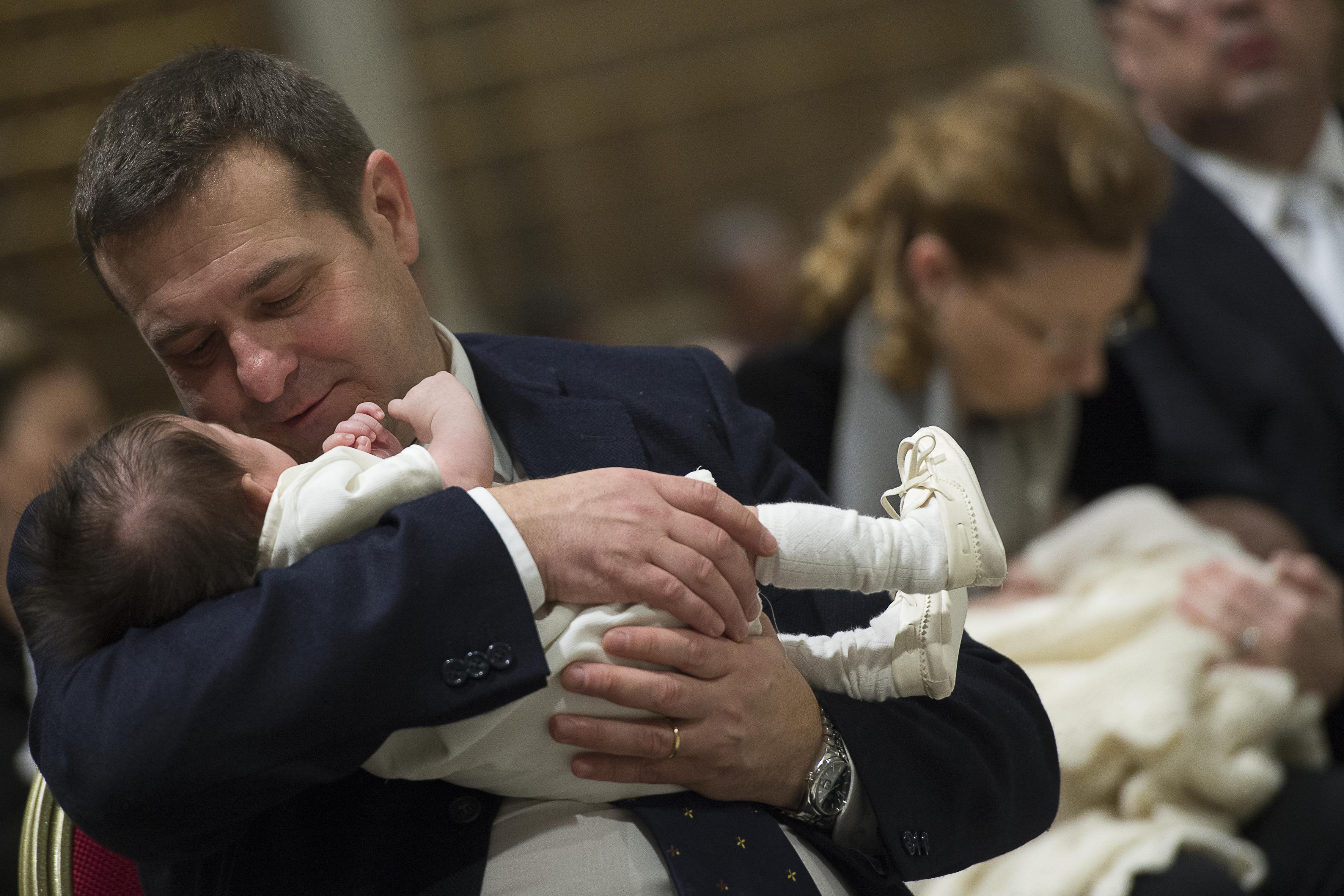Statistical Report
After the shock ensuing the sexual abuse scandal, the Catholic community – the largest in the Country – reflects on the future. For Cardinal Reinhard Marx, president of the Bishops’ Conference, it is necessary to pursue the “testimony” of faith along with widespread, effective pastoral action.

Statistics are sometimes positively surprising. It’s the case of the publication of data on the German Catholic Church released a few days ago. It almost seems as if German Catholics were trying to express, through renewed social and pastoral action, the will to confirm their central role in the life of Germany. The complete report with analyses and comments will be published in August 2017, but the figures released so far already signal several trends. There emerges, inter alia, a considerable degree of ecclesial vitality.
Some positive trends. The number of abjurations – a phenomenon typical of certain north-European countries – underwent a significant decrease for the first time since the outbreak of the sexual abuse scandal that caused serious crises among the faithful: 181.925 Catholics have left the Church with official statements. This could be seen as a relatively “positive” figure considering the tragic figures of 2014, when as many as 217.716 decided to leave the “Church of Rome.”
Nonetheless Catholics remain the largest religious community in Germany
with 23,7 million faithful, amounting to 29% of the overall population in the country. It’s worth comparing the number of requests for admission into the Catholic Church – 2.685, 124 less than in 2014 – with the number of those who re-entered the Catholic Church after past abjurations, namely 160 more compared to last year. These figures are seen as a sign of maturity since many of those who have re-entered the Church had based the decision to leave on emotional grounds, motivated by a feeling of rebellion.
The sacraments. Statistics highlight a decrease in the number of parish churches: 96 less (from 10.911 to 10.817), caused in particular by policies for the unification of some of the 27 German dioceses. Moreover, the Report shows a decrease in the number of priests (-256), in most cases due to death. From the positive front, permanent deacons have increased from 3236 in 2014 to 3304, with greater pastoral and administrative roles, ensuring the liturgy of the Word and the distribution of the Eucharist in places with a shortage of priests. The figures on the sacraments prompt further positive reflections thanks to the “2015 Report”, which shows that for the first time in years the number of baptized has registered a slight increase – 167.226 compared to 164.833 in 2014 – as have the marriages celebrated in Church, with 140 more nuptial celebrations (from 44.158 to 44.298) after years-long decrease. The pastoral and social contribution registers an equally positive mark in the simultaneous publication in Germany of the annual Report on the Family compiled by the Federal Statistical Office with headquarters in Wiesbaden. Marriages in Germany last longer, while divorces registered a 1.7% drop.
A “convincing” faith. “Naturally there isn’t only an interest but an active desire for the sacraments of the Church”, said Cardinal Reinhard Marx, President of the German Bishops’ Conference, during the presentation of the Report in Bonn past July 15th. His Eminence said the statistics are an encouragement “to persevere in our pastoral efforts.” In fact, he went on, it should be acknowledged that the Catholic Church in Germany remains “an important force, whose message is listened to and accepted”, and that’s why it’s necessary to implement “dedicated pastoral activity to make the faith convincing – through daily Christian witness – bearing in mind the needs of the population along with the new and different “lifestyles”, said the archbishop of Munich. In this light should be read the outcomes of the “Process of dialogue of the Church in Germany”, that closed last September: an important occasion for debate involving the entire German Catholic community after the shock caused by the sexual abuse scandal and the gradual divide separating the clergy and the laity, which made it necessary to focus on the rediscovery of the values of the Gospel along with pastoral and community values in the five-year period 2010-2015.